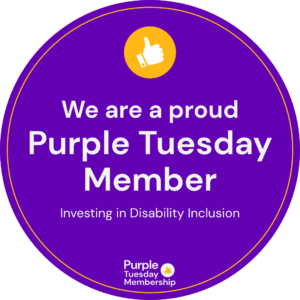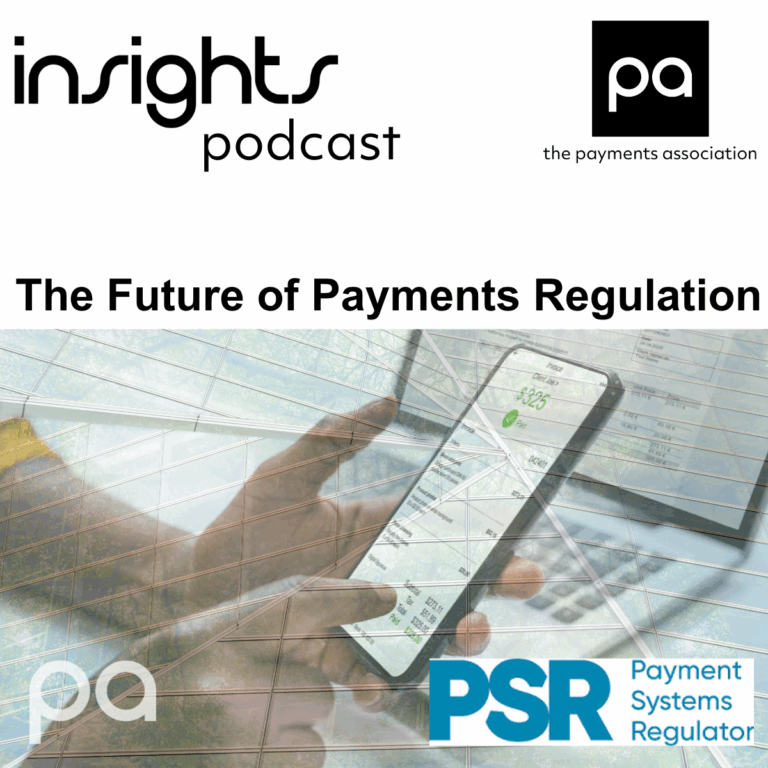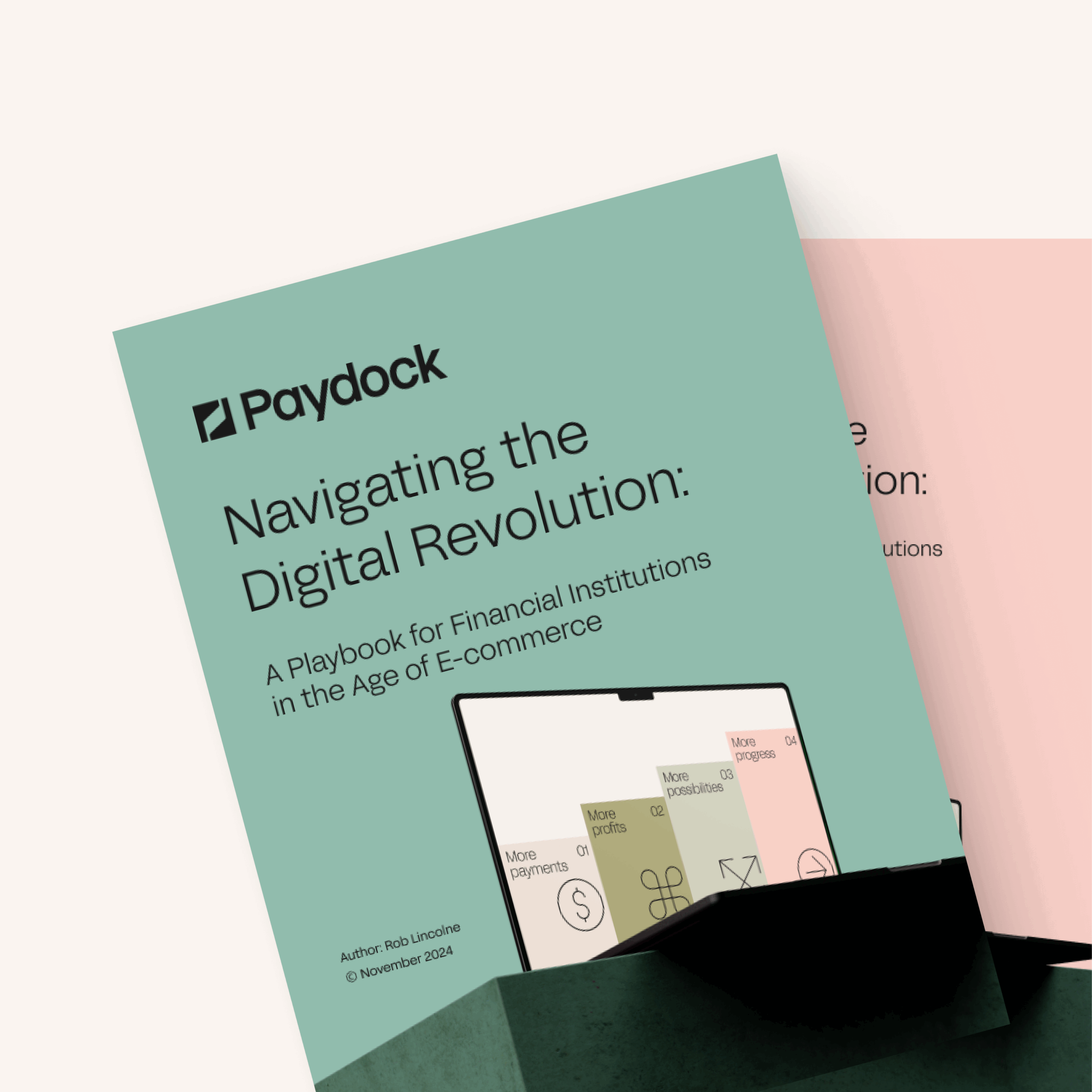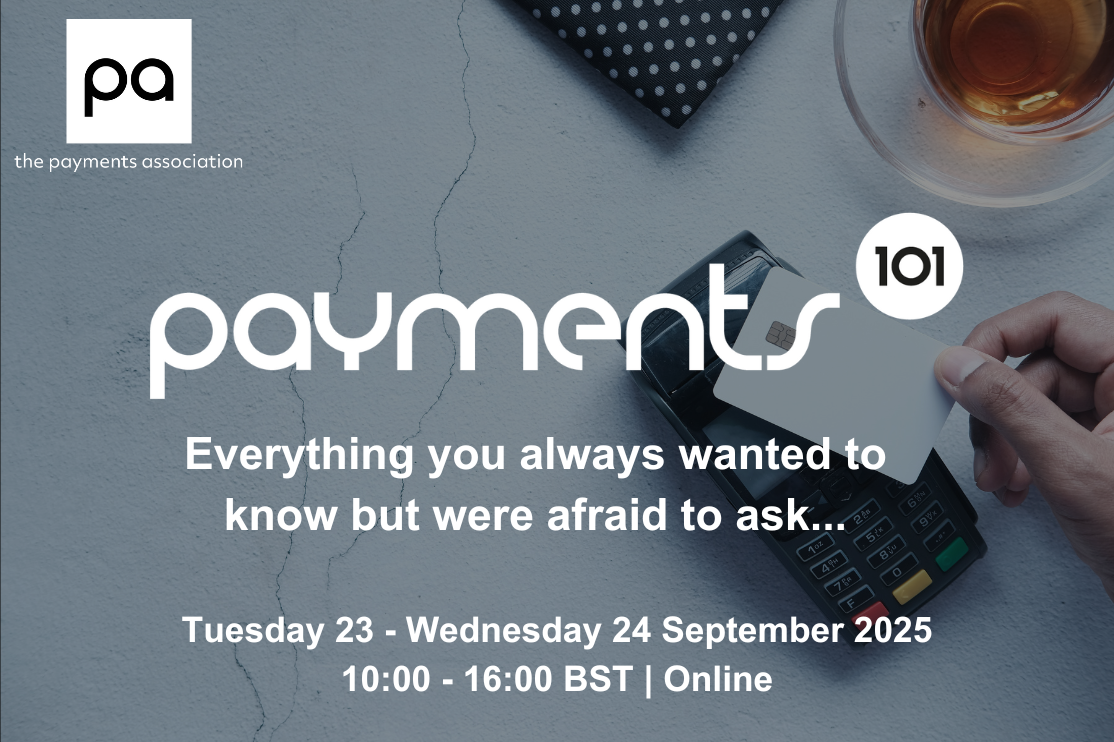Open banking has potential in e-commerce, but its success depends on finding the right fit—higher-value transactions and strategic incentives could unlock its true impact.
Open banking has certainly made some noise in recent years, especially in the UK, where it hit a milestone of 11.3 million users by mid-2024—a figure that’s doubled since 2022, according to Open Banking Ltd. While these numbers sound impressive, they’re mainly driven by individuals and small businesses using the system for tax payments. In the world of e-commerce, though, open banking’s potential is still largely untapped.
The open banking promise: What was it meant to deliver?
The idea behind open banking was to give consumers more control over their finances and encourage healthy competition in the financial services sector. The goal was to allow consumers to share financial data with trusted providers, offering more choices and better products. It was also meant to make it easier for businesses to introduce innovative services.
Open banking has taken off in areas like mortgage applications and loan approvals, where understanding financial behaviour across multiple accounts is crucial. However, the adoption of e-commerce has been slower. Most of the growth has been seen in specific areas, like topping up neo-banks, investment accounts, crypto exchanges, and even gambling sites. The impact hasn’t been felt day-to-day. For many UK shoppers, “pay by bank” hasn’t caught on like credit cards, especially compared to mainland Europe, where bank transfers are more common.
Surpassed by one-click payments
One of open banking’s early promises was to make transactions faster than entering credit card details. However, with the rise of one-click payment methods—think tokenised cards, Apple Pay, and Google Pay—open banking has struggled to keep up in speed and simplicity.
There’s also the challenge of handling refunds for open banking transactions. Some solutions, such as virtual IBAN accounts, can help merchants manage funds more effectively, but they are often better suited to higher-value transactions. For most retailers, this adds an extra layer of complexity they’d rather avoid.

What’s next for open banking in e-commerce?
So, where does open banking go from here? It’s not a lost cause – but its future lies in understanding where it works best. It’s more about focusing on specific use cases instead of convincing everyone that it’s the right solution for every transaction.
Big retailers, particularly in the fast-moving consumer goods (FMCG) sector, probably won’t see open banking as a good fit. Receiving a payment notification every time a customer pays might not appeal to them. But for larger-ticket items—think travel, furniture, or high-end electronics—open banking could be a strong contender. These businesses might even offer incentives, like discounts or cashback, to encourage customers to pay by bank instead of using a credit card.
Finding the right fit
Like any payment method, open banking needs to be the right match for a business and its customers. For e-commerce to adopt it successfully, payment service providers (PSPs), industry bodies, and regulators must help merchants understand where open banking fits into their strategy. Businesses can only effectively educate their customers on its benefits and build trust.
Open banking isn’t the cure-all for every e-commerce payment need. It has potential, but it needs to be implemented thoughtfully and where it makes sense.




























